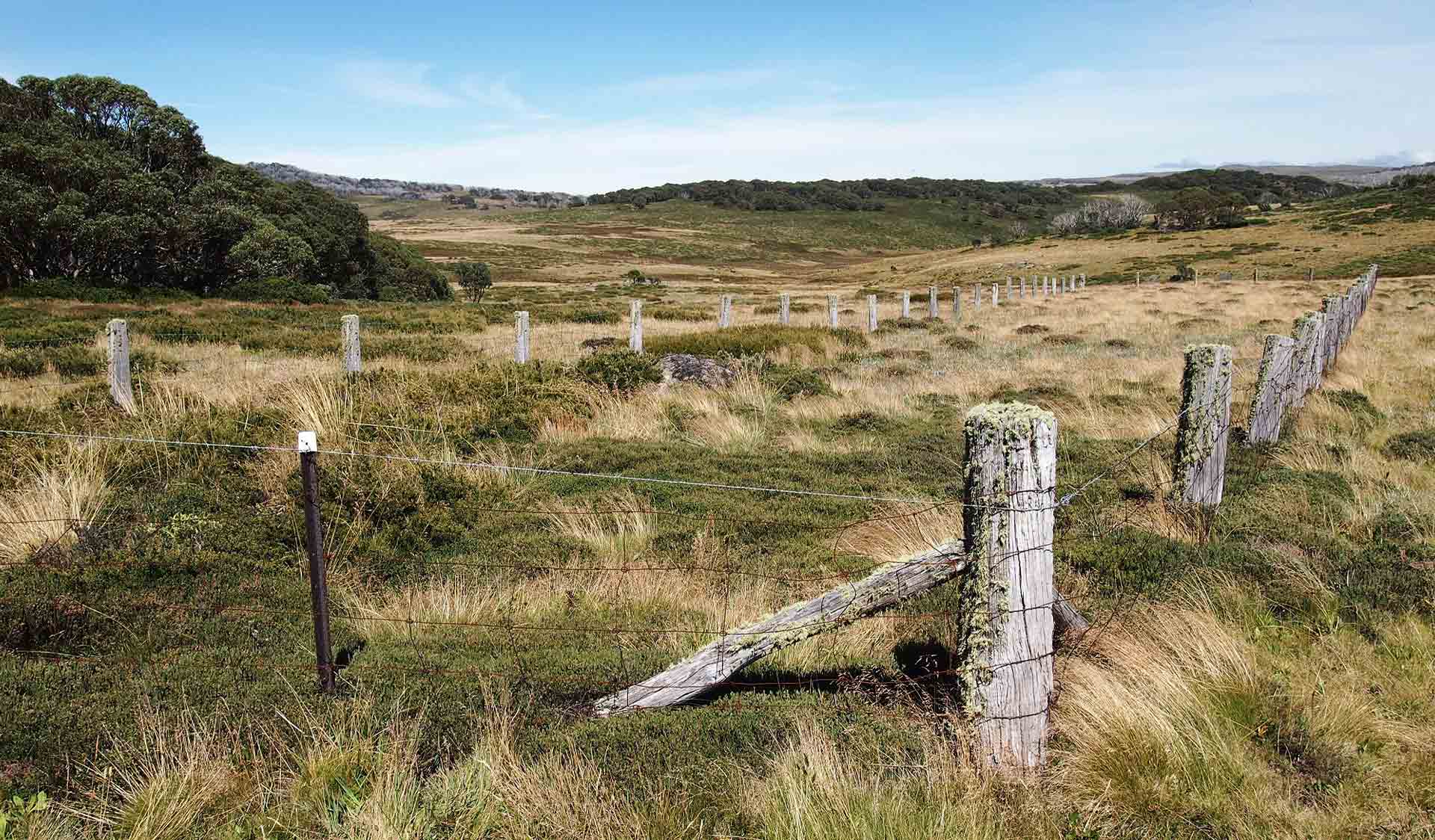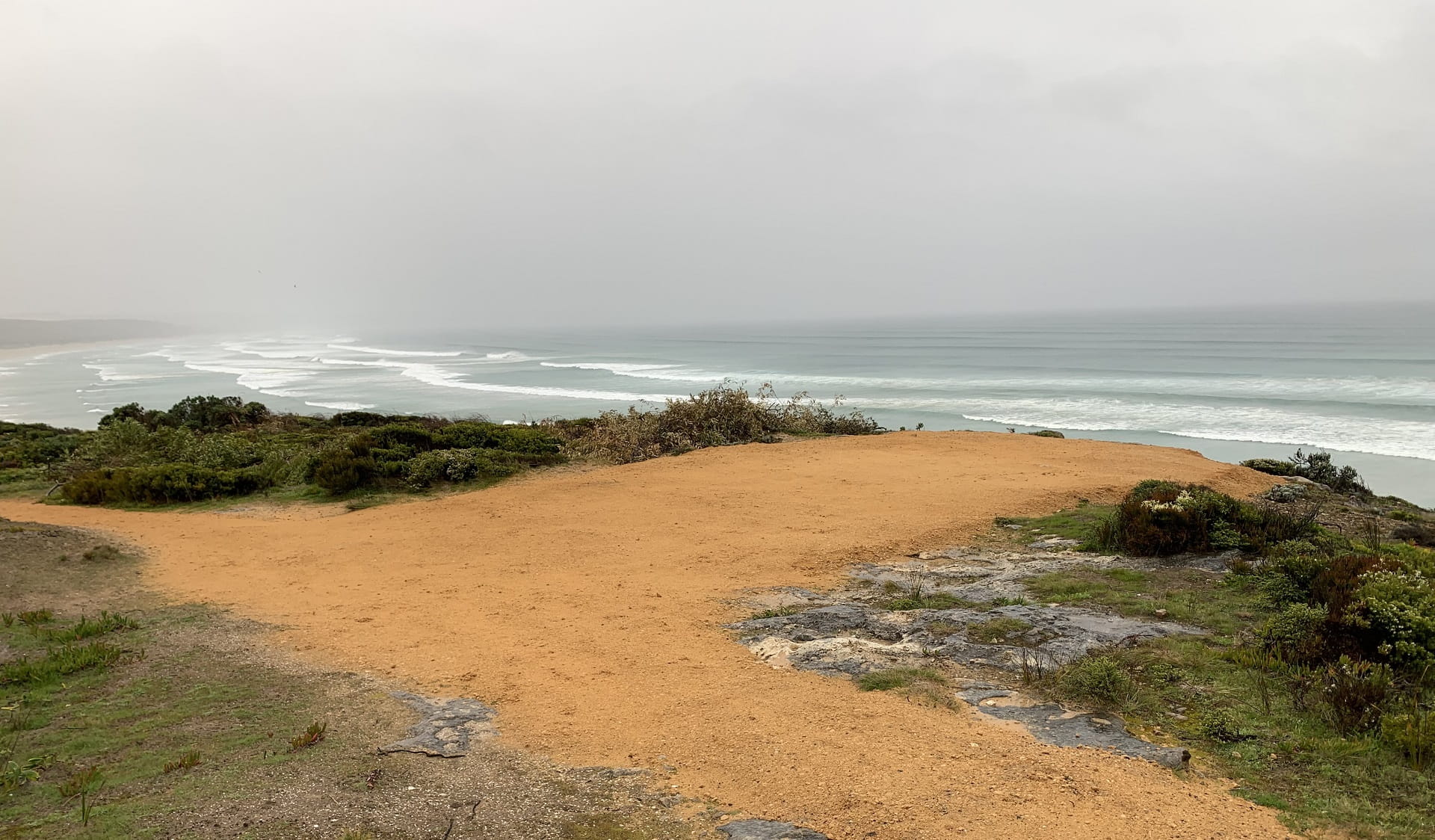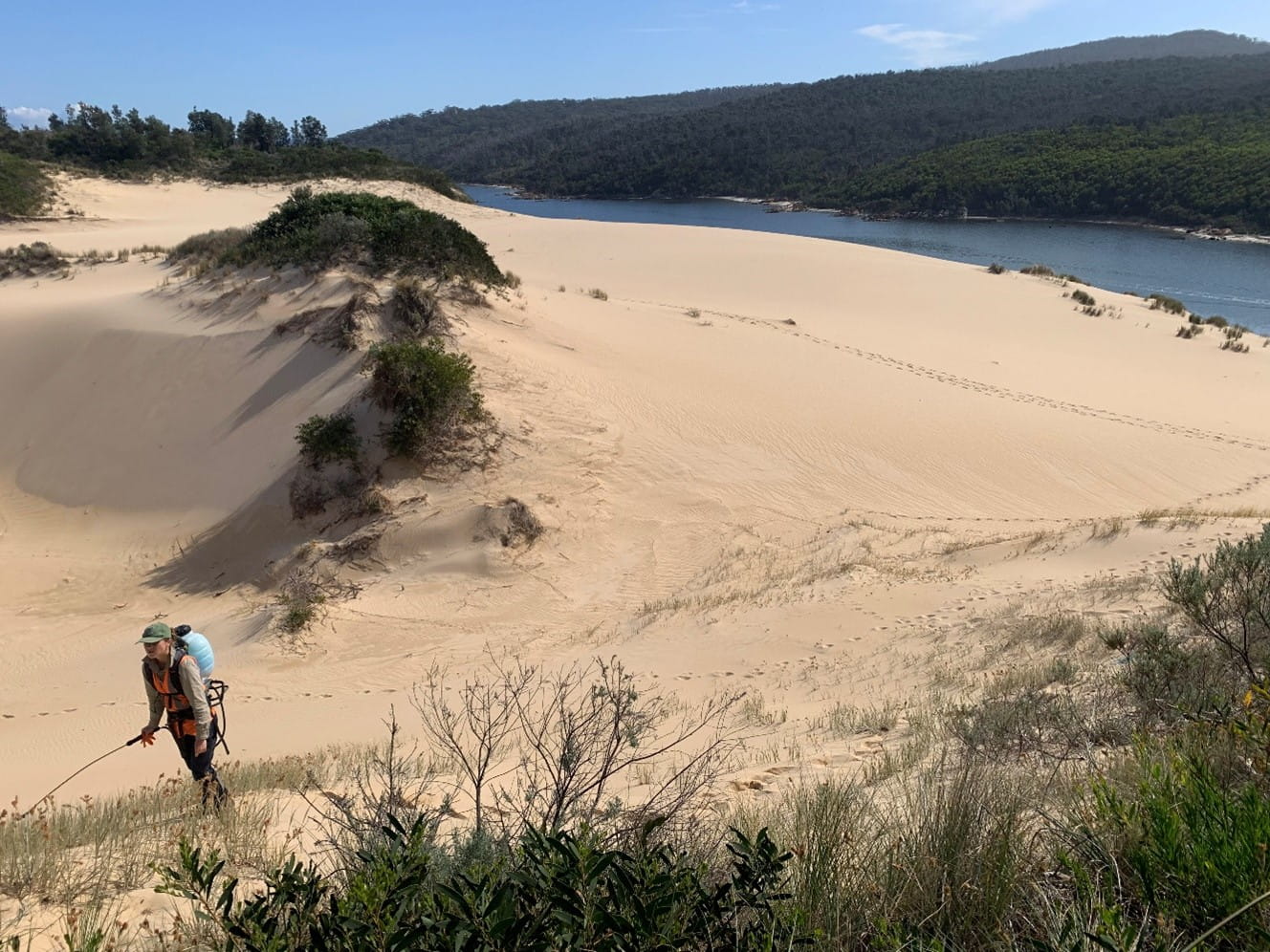Are Marine Protected Areas working in Victoria? Southern Rock Lobsters show that they are
Monday 9 December, 2024
Overview
- Southern Rock Lobsters are an important indicator species for the health of the Great Southern Reef in Victoria.
- Recent analysis of their numbers indicate that Marine Protected Areas are working, and helping to protect many different species, especially in Discovery Bay.
- The local extinction of the Southern Rock Lobster in northern Port Phillip Bay underscores their importance, as sea urchin populations are expanding rapidly and are needing immediate management by Parks Victoria.
Lobsters often succumb to predation, moult stress or even disease. Image credit: Museums Victoria.
Hatching out of a fluorescent orange egg, the larval stage of the Southern Rock Lobster looks more like a creature from outer space. Floating through the ocean for up to two years, this tiny planktonic shrimp-like creature (almost impossible to see with the naked eye) will undergo 11 stages of development until they reach a size marginally bigger than a paper clip.
Although each female carries up to a million eggs in every clutch, the odds of survival are slim; on average, only two of these larvae will survive to become adults. Eventually, these diminutive youngsters will settle on the bottom of the seafloor and start to resemble something that looks more like a miniature lobster.
From here, it will take them up to a decade to become sexually mature. They can be 250 times longer than when they first hatched out of the egg, and potentially reach more than half a metre in length.
Signs of Healthy Parks?
It’s possible that these protected areas may be contributing to lobster fisheries beyond their boundaries.
Dr Michael Sams, Manager of Marine and Coastal Science and Programs at Parks Victoria and worked on publishing this recent data: “This spillover effect is all part of their unique biology, as their larvae can travel throughout the Great Southern Reef to replenish more remote locations and is no doubt, strongly linked to conservation-based outcomes. The reason that Southern Rock Lobsters are higher inside our parks is almost certainly because we have created an area of no-take that protects them”.
Marine Protected Areas (MPAs) were created in Victoria only two decades ago. Parks Victoria is the manager of these areas, and this includes 13 large marine national parks and 11 smaller marine sanctuaries that showcase the best samples of marine biodiversity. In some of these parks, the effects of overfishing (specifically of the Southern Rock Lobster) are having ongoing negative effects.
Prickly punchlines: the issues with sea-urchins
In Jawbone Marine Sanctuary and Ricketts Point Marine Sanctuary, kelp forests have suffered major declines. Due to a lack of key predators (such as the Southern Rock Lobster) and changes in overall water quality, populations of the native Purple Sea Urchins have exploded. Urchins naturally predate on kelp, munching on the holdfast that anchors the kelp to the seafloor. Under normal conditions, sea urchins usually hide in between the cracks and crevices of rocks, hiding from predators. But without Southern Rock Lobsters, which are locally extinct in northern Port Phillip Bay, and other major predators, the sea urchins have gone rogue.
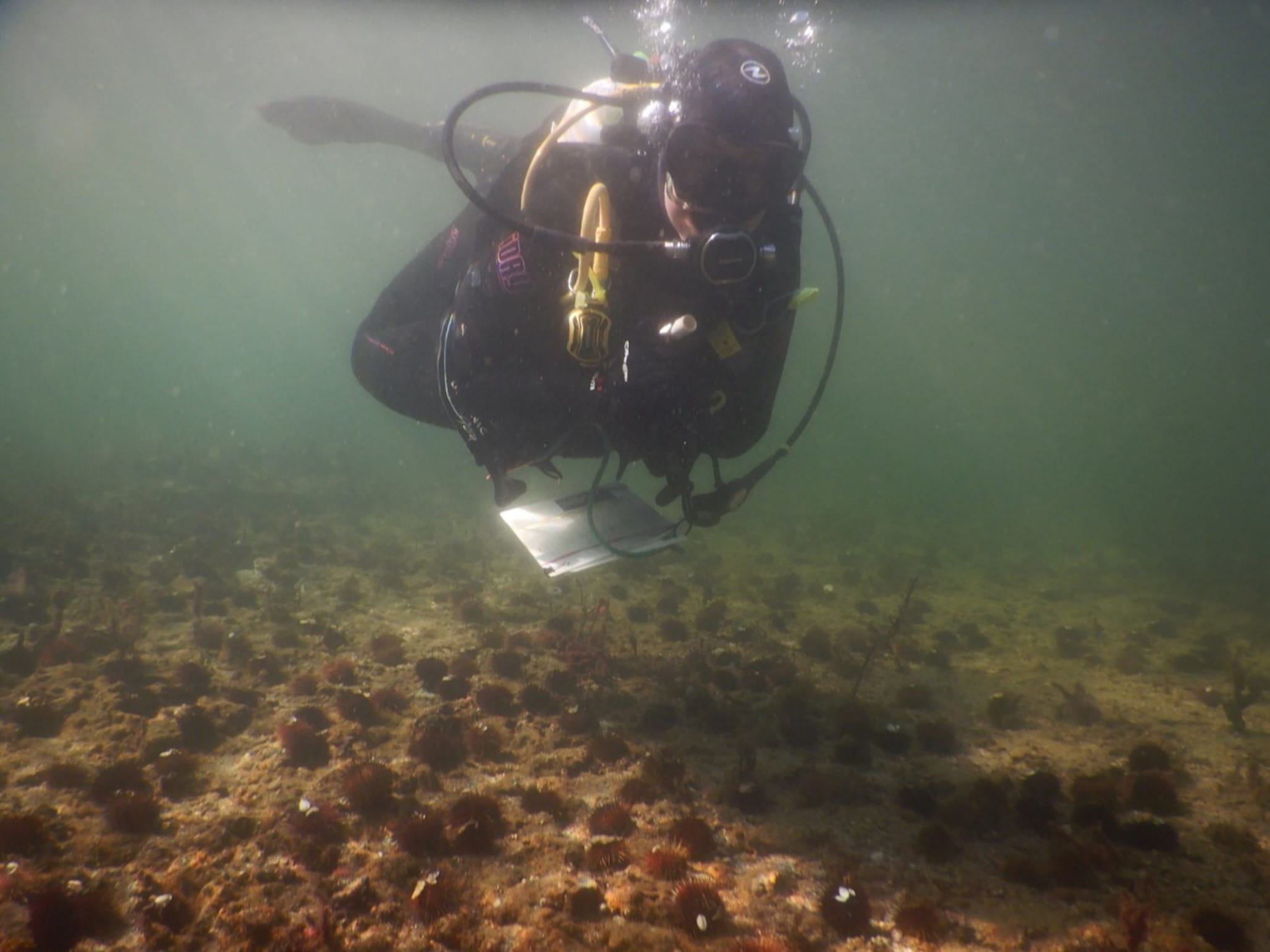
In essence, humans need to do the work that natural predators would otherwise do in these parts of the bay.
“It's so much harder to restore and bring back habitat once you've lost it, and we've still got great and really large expanses of habitat, which we've mapped in northern Port Phillip Bay that we're trying to protect at the moment” Michael said.
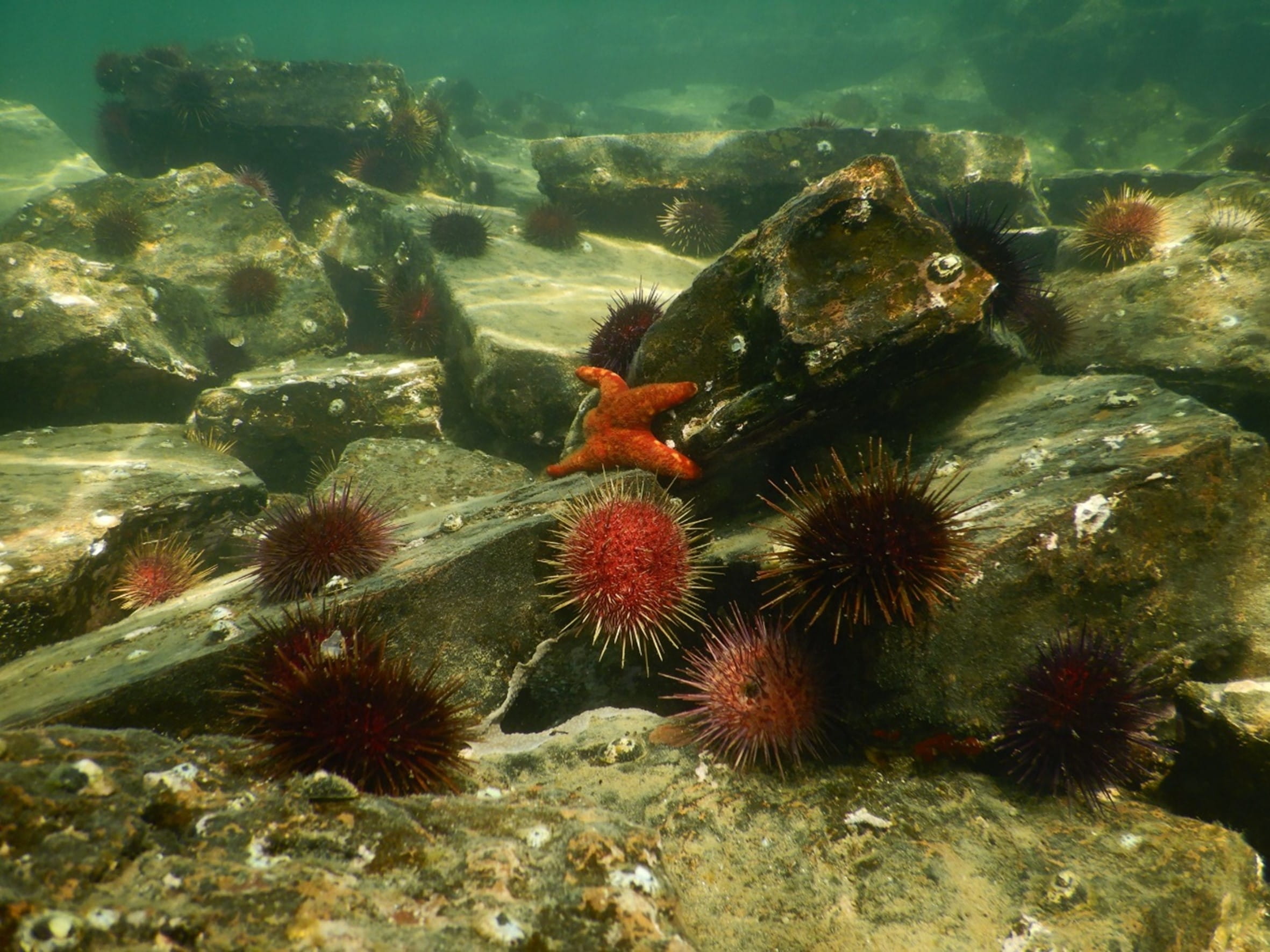
This overpopulation of sea urchins underscores the huge importance that Southern Rock Lobsters have in the Great Southern Reef. Sea urchin barrens have formed across huge swathes of Port Phillip Bay.
“These barren areas have become really extensive. The last kind of estimates we had in Port Phillip Bay, about 60 percent of the bay has been turned into urchin barrens of those reef areas" Michael said.
This Blue groper was recently sighted at Point Addis. They are considered locally extinct in northern Port Phillip Bay. Image credit: Parks Victoria.
But these areas can be reversed with intensive effort.
“We've been bringing in diving contractors over the past three to four years to reduce down those numbers. We're seeing kelp coming back. We don't want to remove them from the system as they are native and an important part of that system. What we're trying to do is get them down to about two urchins per meter squared, which are densities that we see macroalgae starting to recover naturally" Michael said.
For information on the urchins plaguing Port Phillip Bay and Parks Victoria’s response, check out our recent news article.
But for Michael and his team, understanding how these MPA’s are benefiting biodiversity across the state is only part of the puzzle. Long term monitoring and understanding the abundance of keystone species such as Southern Rock Lobsters, will enable Parks Victoria to look after these areas in the best possible way.
For updates about our latest discoveries, sign up for our new E-newsletter with Chief Scientist Conservation and Climate Action, Dr Mark Norman.




